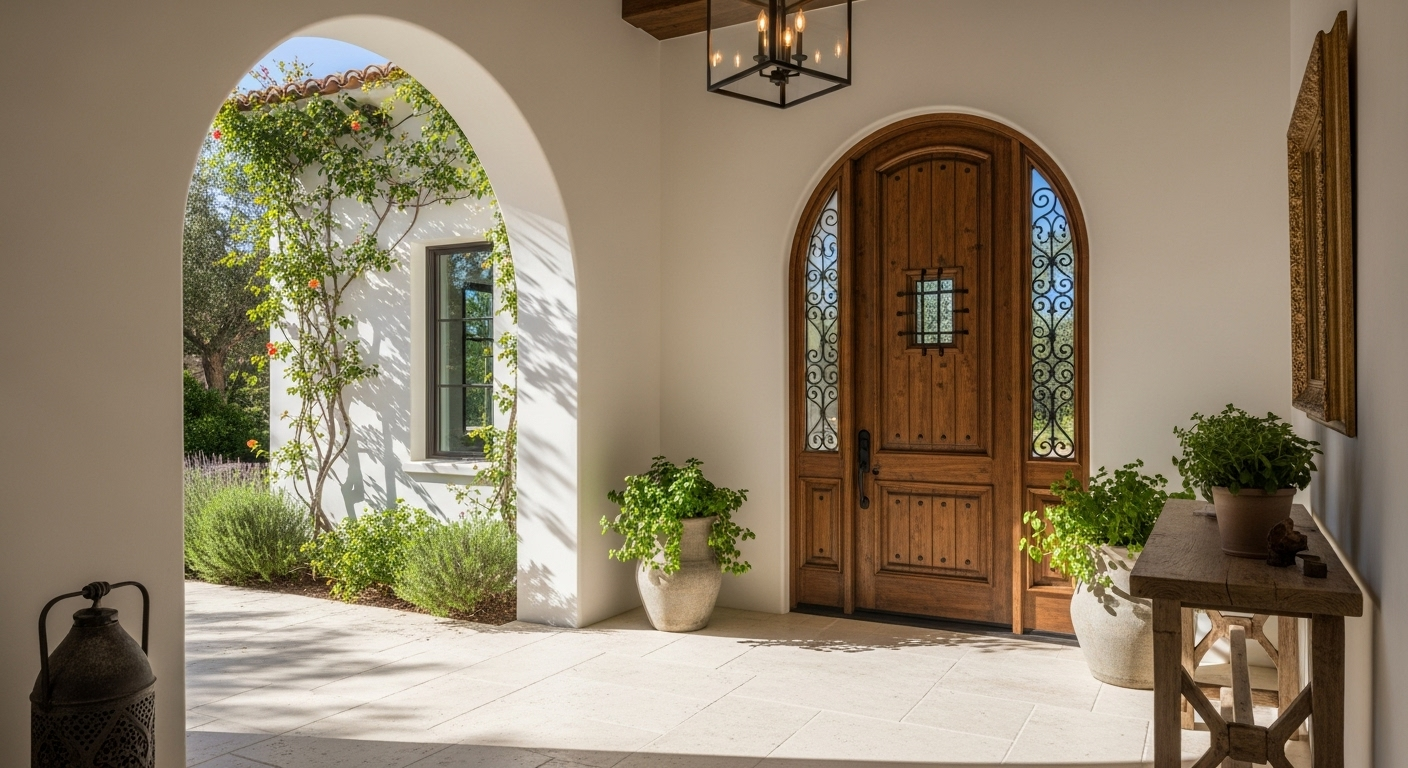The Untapped Potential of Mixed-Use Properties in Today's Market
In the contemporary world of real estate, properties no longer have to adhere to a rigid typecast. A residential building does not have to be just that, nor does a commercial building. This new age has given birth to the increasingly popular trend of mixed-use properties. It’s a phenomenon that combines residential, commercial, and sometimes even industrial spaces into a singular unit.

The Genesis of Mixed-Use Properties
The concept of mixed-use properties is not a novel one. Historically, it was quite common for people to live above their business premises. This trend slowly faded away with the advent of industrialization and modern urban planning. However, the 21st century has seen a resurgence of this real estate category, albeit in a more sophisticated and planned manner.
Mixed-Use Properties and the Current Market Trends
Mixed-use properties are now considered a smart investment move, attracting both budding investors and seasoned real estate giants. According to a report by the Urban Land Institute, mixed-use developments are on the rise in urban and suburban markets. They are seen as an attractive investment due to their potential for higher revenue generation and lower risk compared to traditional properties.
The Benefits and Challenges of Investing in Mixed-Use Properties
Investing in mixed-use properties has its unique set of advantages. Economically, it provides a diversified source of income. If one sector faces a downturn, the other sectors can compensate for the loss. Socially, it fosters a sense of community by bringing residential and commercial tenants closer.
However, like any other investment, it has its share of challenges. Mixed-use properties require more complex management due to the blend of residential and commercial tenants. Furthermore, it may also be subject to tighter zoning laws and regulations.
The Impact of Mixed-Use Properties on Buyers, Sellers, and Investors
Mixed-use properties are reshaping the real estate landscape. For buyers, it offers the convenience of living and working in the same space. Sellers, on the other hand, can leverage this trend to fetch higher prices for their properties. As for investors, mixed-use properties offer a chance to tap into multiple markets simultaneously, thereby spreading risk and broadening the potential for returns.
Understanding the Financial Aspects of Mixed-Use Properties
Financing mixed-use properties can differ substantially from traditional real estate investments. The financing terms are largely dependent on the proportion of residential to non-residential space. Lenders typically prefer a higher percentage of residential space as it’s perceived to be less risky.
In conclusion, mixed-use properties present an exciting opportunity in the contemporary real estate market. While they come with their unique set of challenges, they also offer benefits that traditional properties cannot. As the real estate market continues to evolve, mixed-use properties are likely to become an increasingly common feature of our urban landscapes.





